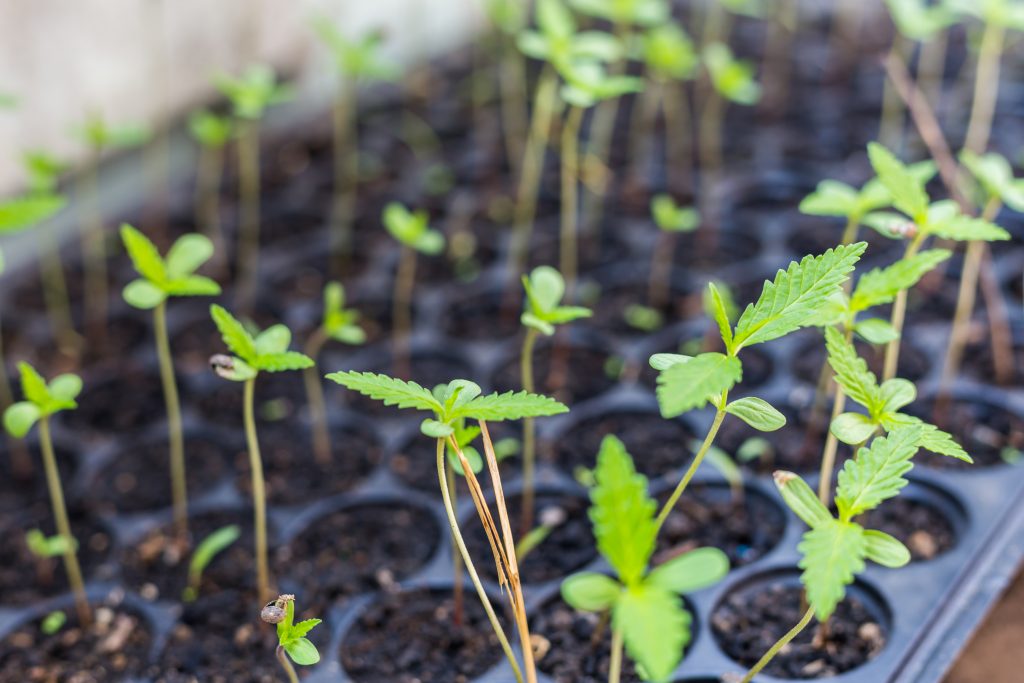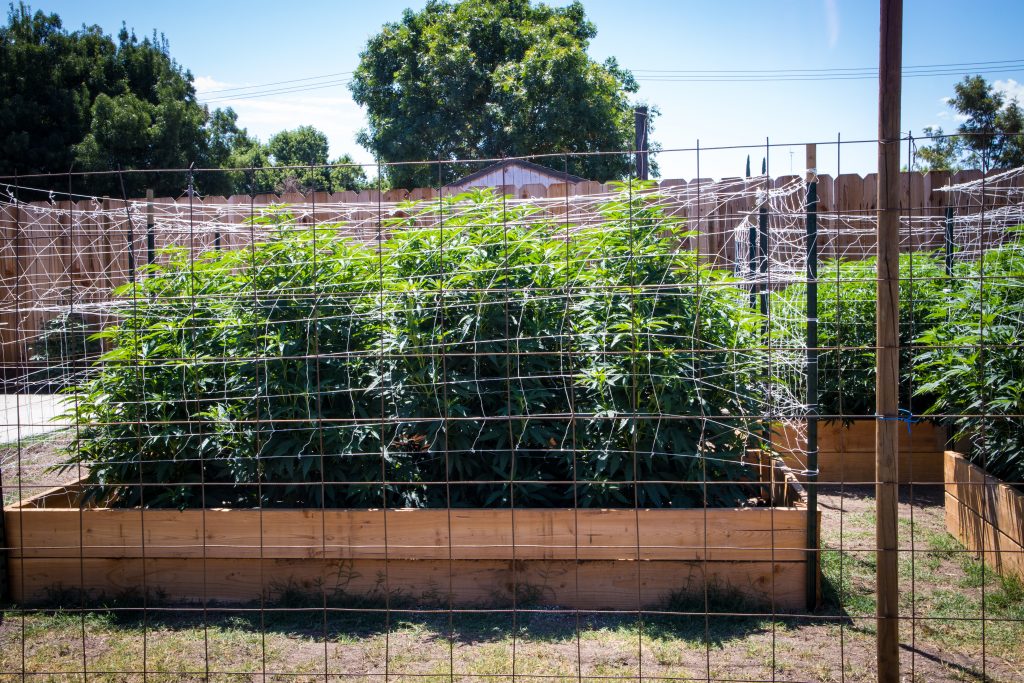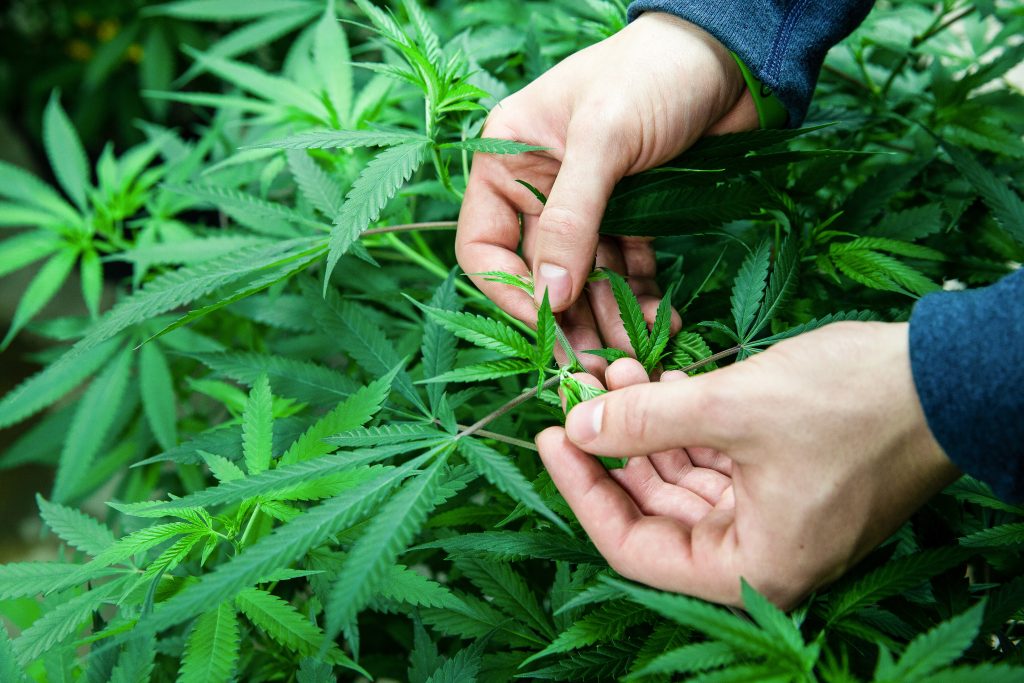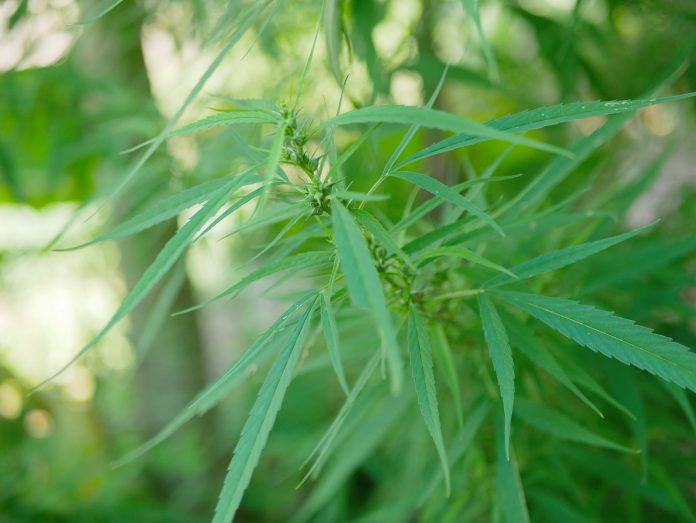Taking care of cannabis is not far from growing ordinary plants in the garden. Cannabis plants also need water, fresh air, light, as well as the right temperature, humidity levels, and nutrients in order to survive. But of course, like any other plant species, they also have special needs depending on their strain.
So, what are the important things a cannabis grower should keep in mind? Do you have to treat them all the same? How do you water, feed, and harvest your cannabis plants? What are the best techniques to be used?
Learn how to grow healthy cannabis plants by continuing reading below.
Nurture Cannabis Seeds
Before planting, you need to germinate cannabis seeds. They really don’t need special treatment–all you have to do is to soak weed seeds in water for a few days. Similar to heat-loving vegetables, like tomatoes, it’s better to start the cannabis seeds indoors, in a sunny window. After this, you can transplant the seedlings outdoors once frost has passed.
It’s crucial to start right the first time when you’re cultivating cannabis. That’s why it’s important to keep yourself abreast of basic cannabis cultivation practices, like how to germinate marijuana seeds, by reading marijuana growing guides.
Maintain Good Growing Conditions For Your Cannabis Plants

Exposing cannabis plants to the best outdoor growing conditions will help them grow healthier, ensuring greater yields for the benefit of users and growers, as well as the cannabis industry in general. Check out some helpful tips below to ensure perfect growing conditions for your plants.
- Sunlight
Marijuana plants need at least six hours of direct sunlight each day. Also, they need excellent drainage and do fine growing in a typical raised vegetable bed. If you’re planning to use plant pots, five-gallon pots are recommended and should be filled with soil.
- Air Circulation
Even if you’re growing marijuana plants outdoors, they still need good air circulation, which is critical to prevent fungal diseases. So, it helps to space your cannabis plants at least six feet apart. For dwarf varieties, you can space them closer since they won’t grow that tall. Proper spacing would ensure that your plants don’t resemble a very dense hedge.
- PH Levels
One critical aspect of growing cannabis is checking the pH level to prevent nutrient deficiencies. If you observe signs of nutrient deficiency in the leaves, you have to check the root pH. Cannabis plants love slightly acidic soil. That’s why it’s important to maintain the right pH for your plants from 6.0 to 7.0. A pH level of more than 7.0 is too high.
Test the soil’s pH using a pH meter and mix lime if the pH is too low before placing your plans in the soil. For your backyard cannabis plants, lime is a great way to increase the soil’s pH. Garden or agricultural lime adds calcium to your cannabis plants. Mixing lime with the soil and keeping it moist “activate” the lime. Powdered lime works faster than larger lime sources.
Weed Nutrient Requirements
Marijuana plants love nutrients, so it’s essential to enrich the grow beds with composted manure. Ideally, it should be done at least one month before planting. Spread about two inches of compost (at minimum) over your cannabis planting area, then, working it into the soil. For pot planting, you can use fertilizer instead of compost.
If your grow beds are sufficiently rich, then, additional fertilizer isn’t necessary, although it leads to better outcomes. Applying a high-nitrogen fertilizer to the beds every three weeks is highly recommended until mid-summer stimulates abundant vegetative growth. After this, you can switch to a phosphorus-rich fertilizer to stimulate abundant and dense buds or flowers.
Feeding
There are many fertilizer options for cannabis plants, including perlite and vermiculite, wood ashes, fish meal, bat guano, human urine, compost, and worm castings. Both perlite and vermiculite provide magnesium, potassium, and calcium, which all get into the soil to nourish your plants. Perlite is porous, hard, and is normally white, which is made when a volcanic glass is heated at a very high temperature. On the other hand, vermiculite, made by heating mica, is spongy and soft.
The fish meal is high in nitrogen. It is made from inedible ground-up fish parts, which are turned into a fine powder. It is added to the soil, prolonging the release of the nutrients. Alternatives to fish meal include bone, blood, and soy meal. On the other hand, you can compost organic materials, like kitchen waste, and get rewarded with fertile soil, boosting your cannabis plant’s growth.
Check out these tips when fertilizing cannabis plants:
- For a store-bought fertilizer, start with about half of the recommended dose. Of course, if you notice clear signs of nutrient deficiency, you have to increase the dose.
- When you’re using organic fertilizer, start small and, then, gradually increase the dose as necessary.
- Create a cannabis feed chart. This way, you’ll discover what happens whenever you feed specific nutrients to your marijuana plants at different growth stages.
- Watch out for signs of a nutrient problem. If the leaves of your plants turn yellow or appear burnt long before harvest, your plant could be suffering from nitrogen burn. Having a feed chart can provide you reliable information about why your cannabis has a nutrient problem so you can provide a proper nutrient solution.
- Flush your cannabis plants with pH neutral water if they’re overfed. Also, flush your cannabis plants two weeks before harvesting so as your buds don’t taste like fertilizer, which differentiates a good weed from a bad one.

Pruning Your Cannabis Plants
Cannabis plants can grow as tall as 12 feet, depending on the weed variety. You need information about growing cannabis if you’ve never done it before. Growers prune cannabis plants to gain more buds and for easier management. Pruning is considered fine art by professional cultivators. For casual growers, pruning vigorous shoots is performed from time to time, clipping off each major shoot (outer 30 percent) every few weeks.
Pruning your cannabis plants encourages a bushier than a taller or spindly plant because of stimulating small side shoots’ growth, which will produce extra buds. But, you have to stop pruning your plants by mid-summer to avoid interfering with bud production.
Watering Your Cannabis Plants
Marijuana plants are a thirsty crop, so irrigate whenever the soil surface becomes dry. Add a layer of mulch once your cannabis plants are knee-high to prevent the loss of soil moisture due to evaporation. Also, it helps to prevent unwanted grass or weeds from growing in the bed.
Here are ways on how to water your cannabis plants properly:
- Check If Your Plants Need Watering: One common mistake that first-time cannabis growers make is overwatering their plants. A healthy wet and dry cycle is necessary for the plant roots for them to grow and reach deeper. Observe if the leaves are yellowing, which could mean a lack of water. You can stick your finger down about two to three inches into the soil, and if it’s dry, it means that you have to water your plants.
- Take Important Things Into Consideration: It’s important to consider the size, stage of growth, outside temperature, and overall health of your cannabis plants before watering. For pot plants, soak their pots such that the water should run off of the bottom of the pot via the drainage holes. If you’re growing cannabis plants in a grow bed, water should pool on the soil’s surface while you’re watering. However, make sure that the water doesn’t sit on the soil’s surface.
- Watering Very Dry Marijuana Plant: Water will run through and will come out of the drainage holes if the cannabis plant is very dry. To manage this situation, water your dry cannabis plant a little bit and, then, come back to water it again after 10 minutes. Doing this will allow the soil to absorb water until it’s thoroughly wet.

Harvesting A Fruitful Yield
In late summer, your cannabis plants will start to form buds, and they should be ready for harvest by October. It’s crucial to recognize what your cannabis plant will look like when it’s ready for harvest for fatter buds. If you still see more white hairs than buds, then, you’re a long way off.
Pistils refer to thicker, longer “hairs”, and premature hairs will stick out straight. As your marijuana plant matures, their hairs will curl up and darken to a shade of orange. The more orange your plants are, the more potent they are. During this transformation, the buds will increase in size and with greater density. It’s better to wait until the pistils are vastly more orange or reddish-brown than white before harvesting the buds.
Here is the proper way of harvesting cannabis buds:
- Cut the marijuana buds from the plants. Leave six or eight inches of each stem, trimming off all the leaves.
- Next, hang the buds with their stems to dry in a shaded and warm place for a week.
- Your cannabis buds are now ready to use, so trim them from the stem and, then, store weeds in a dry and airtight glass jar.
Conclusion
Growing cannabis plants to generate a high yield and top-quality buds is never easy. When growing cannabis outdoors, you have to ensure that all the right growing conditions are met, and you can do this by checking their pH level, as well as by watering and feeding the plants. It’s also essential to ensure that you provide them with the right amount of sunlight by planting and growing them in the right spots.



















